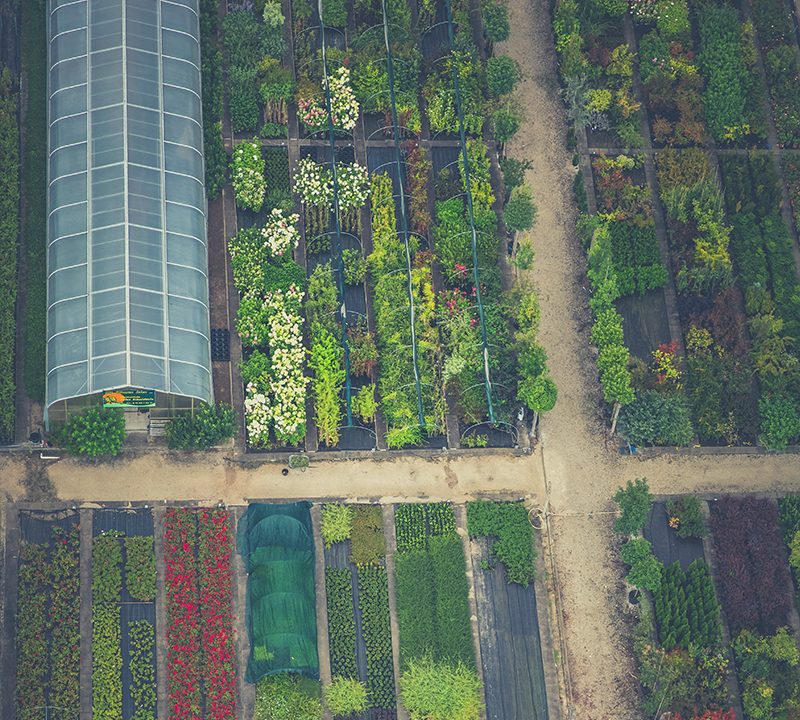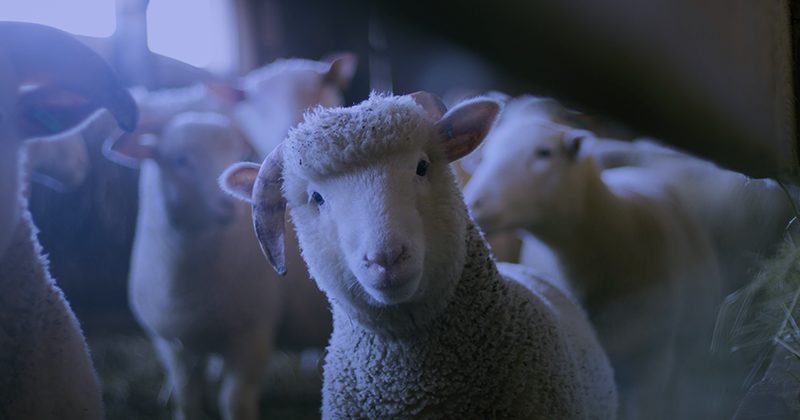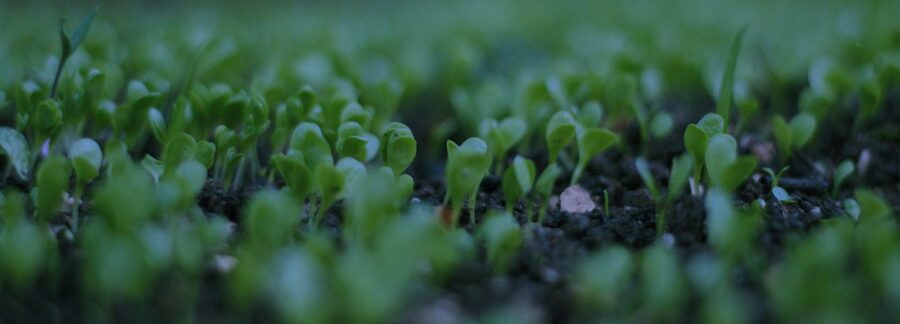Recently we have discussed the emerging concept of smart farming that makes agriculture more efficient and effective with the help of high-precision algorithms. The mechanism that drives it is Machine Learning — the scientific field that gives machines the ability to learn without being strictly programmed. It has emerged together with big data technologies and high-performance computing to create new opportunities to unravel, quantify, and understand data intensive processes in agricultural operational environments.
Machine learning is everywhere throughout the whole growing and harvesting cycle. It begins with a seed being planted in the soil — from the soil preparation, seeds breeding and water feed measurement — and it ends when robots pick up the harvest determining the ripeness with the help of computer vision.
Let’s discover how agriculture can benefit from Machine Learning at every stage:
Species management
Species Breeding
Our favorite, this application is so logical and yet so unexpected, because mostly you read about harvest prediction or ambient conditions management at later stages.
Species selection is a tedious process of searching for specific genes that determine the effectiveness of water and nutrients use, adaptation to climate change, disease resistance, as well as nutrients content or a better taste. Machine learning, in particular, deep learning algorithms, take decades of field data to analyze crops performance in various climates and new characteristics developed in the process. Based on this data they can build a probability model that would predict which genes will most likely contribute a beneficial trait to a plant.
Species Recognition
While the traditional human approach for plant classification would be to compare color and shape of leaves, machine learning can provide more accurate and faster results analyzing the leaf vein morphology which carries more information about the leaf properties.

Field conditions management
Soil management
For specialists involved in agriculture, soil is a heterogeneous natural resource, with complex processes and vague mechanisms. Its temperature alone can give insights into the climate change effects on the regional yield. Machine learning algorithms study evaporation processes, soil moisture and temperature to understand the dynamics of ecosystems and the impingement in agriculture.
Water Management
Water management in agriculture impacts hydrological, climatological, and agronomical balance. So far, the most developed ML-based applications are connected with estimation of daily, weekly, or monthly evapotranspiration allowing for a more effective use of irrigation systems and prediction of daily dew point temperature, which helps identify expected weather phenomena and estimate evapotranspiration and evaporation.
Crop management
Yield Prediction
Yield prediction is one of the most important and popular topics in precision agriculture as it defines yield mapping and estimation, matching of crop supply with demand, and crop management. State-of the-art approaches have gone far beyond simple prediction based on the historical data, but incorporate computer vision technologies to provide data on the go and comprehensive multidimensional analysis of crops, weather, and economic conditions to make the most of the yield for farmers and population.
Crop Quality
The accurate detection and classification of crop quality characteristics can increase product price and reduce waste. In comparison with the human experts, machines can make use of seemingly meaningless data and interconnections to reveal new qualities playing role in the overall quality of the crops and to detect them.

Disease Detection
Both in open-air and greenhouse conditions, the most widely used practice in pest and disease control is to uniformly spray pesticides over the cropping area. To be effective, this approach requires significant amounts of pesticides which results in a high financial and significant environmental cost. ML is used as a part of the general precision agriculture management, where agro-chemicals input is targeted in terms of time, place and affected plants.
Weed Detection
Apart from diseases, weeds are the most important threats to crop production. The biggest problem in weeds fighting is that they are difficult to detect and discriminate from crops. Computer vision and ML algorithms can improve detection and discrimination of weeds at low cost and with no environmental issues and side effects. In future, these technologies will drive robots that will destroy weeds, minimizing the need for herbicides.
Livestock management
Livestock Production
Similar to crop management, machine learning provides accurate prediction and estimation of farming parameters to optimize the economic efficiency of livestock production systems, such as cattle and eggs production. For example, weight predicting systems can estimate the future weights 150 days prior to the slaughter day, allowing farmers to modify diets and conditions respectively.
Animal Welfare
In present-day setting, the livestock is increasingly treated not just as food containers, but as animals who can be unhappy and exhausted of their life at a farm. Animals behavior classifiers can connect their chewing signals to the need in diet changes and by their movement patterns, including standing, moving, feeding, and drinking, they can tell the amount of stress the animal is exposed to and predict its susceptibility to diseases, weight gain and production.

Farmer’s Little Helper
This is an application that can be called a bonus: imagine a farmer sitting late at night and trying to figure out the next steps in management of his crops. Whether he could sell more now to a local producer or head to a regional fair? He needs someone to talk through the various options to take a final decision. To help him, companies are now working on development specialized chatbots that would be able to converse with farmers and provide them with valuable facts and analytics. Farmers’ chatbots are expected to be even smarter than consumer-oriented Alexa and similar helpers, since they would be able not only to give figures, but analyze them and consult farmers on tough matters.
Models Behind
Though it is always fascinating to read about future, the most important part is the technology that paves the way for it. Agricultural machine learning, for instance, is not a mysterious trick or magic, but a set of well-defined models that collect specific data and apply specific algorithms to achieve expected results.
So far, the distribution of machine learning is unequal throughout the agriculture. Mostly, machine learning techniques are used in crop management processes, following with farming conditions management and livestock management.
The literature review shows that the most popular models in agriculture are Artificial and Deep Neural Networks (ANNs and DL) and Support Vector Machines (SVMs).
ANNs are inspired by the human brain functionality and represent a simplified model of the structure of the biological neural network emulating complex functions such as pattern generation, cognition, learning, and decision making. Such models are typically used for regression and classification tasks which prove their usefulness in crop management and detection of weeds, diseases, or specific characteristics. The recent development of ANNs into deep learning that has expanded the scope of ANN application in all domains, including agriculture.
SVMs are binary classifiers that construct a linear separating hyperplane to classify data instances. SVMs are used for classification, regression, and clustering. In farming, they are used to predict yield and quality of crops as well as livestock production.
More intricate tasks, such as animal welfare measurement, require different approaches, such as multiple classifier systems in ensemble learning or Bayesian models — probabilistic graphical models in which the analysis is undertaken within the context of Bayesian inference.
Though still in the beginning of its journey, ML-driven farms are already evolving into artificial intelligence systems. At present, machine learning solutions tackle individual problems, but with further integration of automated data recording, data analysis, machine learning, and decision-making into an interconnected system, farming practices would change into with the so-called knowledge-based agriculture that would be able to increase production levels and products quality.

